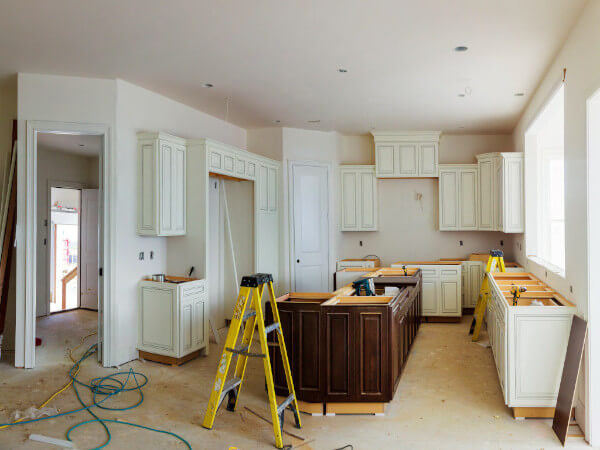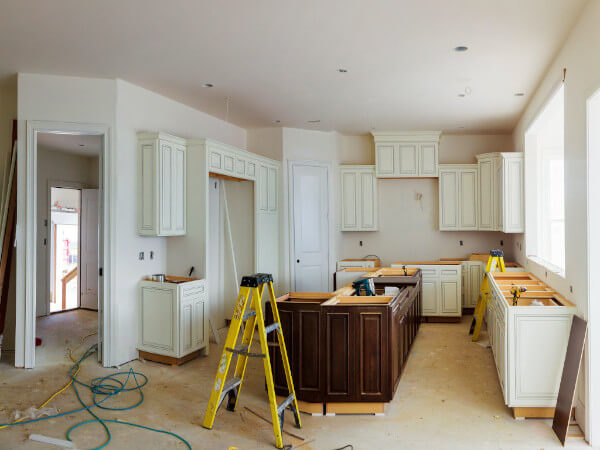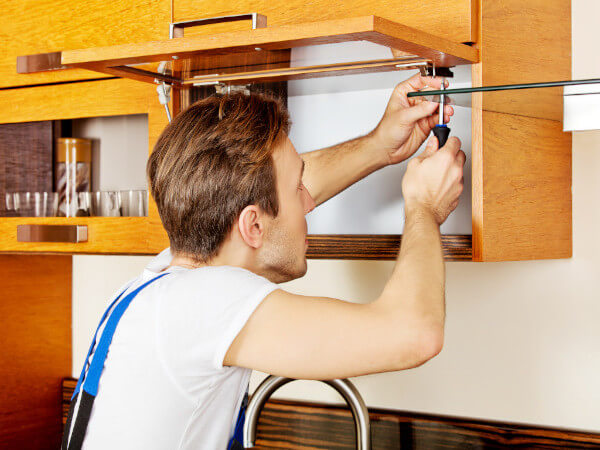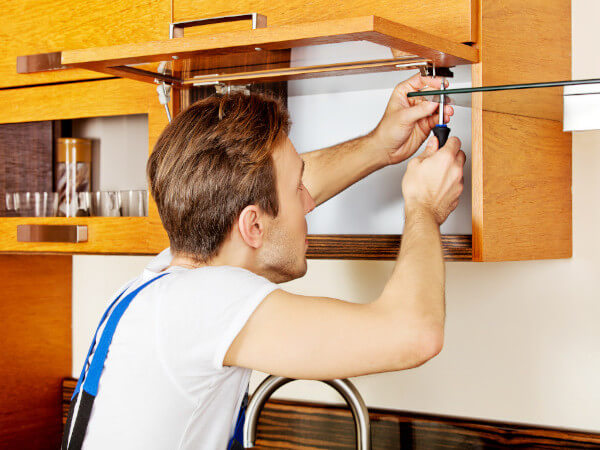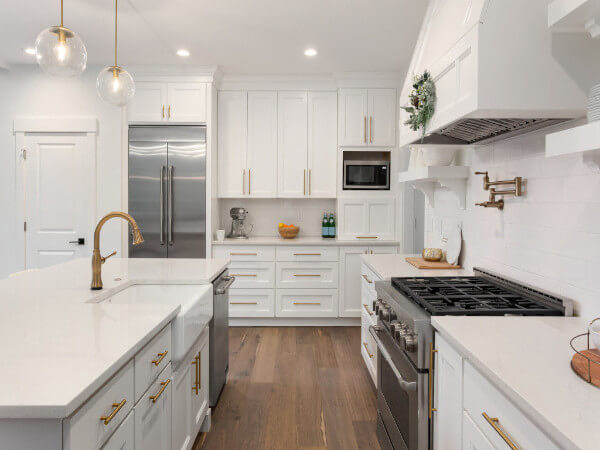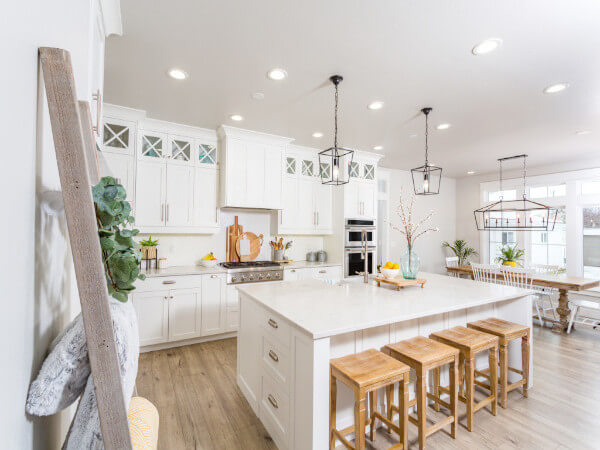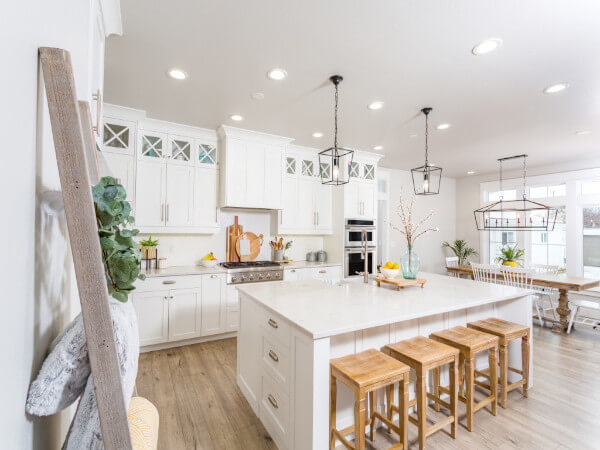What a long, strange year it’s been! Let’s take a look back at the dominant 2021 trends and anticipate what 2022 will likely bring.
While it’s hard to predict with clarity, given some major unknowns, here are some hot takes from across the industry and the country from unique perspectives:
- San Diego-based designer Tatiana Machado-Rosas, Jackson Design and Remodeling’s design department manager;
- Long Island, New York-based kitchen and bath designer Susan Serra;
- Home Technology Association CEO Josh Christian;
- Bob Gifford, business development director for luxury retailer Hastings Tile & Bath in New York City;
- Susan Chung, research v.p. with the American Society of Interior Designers;
- Boise, Idaho-based custom home builder Emily Clark of Clark & Co. Homes.
Wellness Trends Accelerate
Designers have been focused on wellness for decades with interest from some clients, but the pandemic really drove its importance home. Literally! “For 2021, a continued focus on health and hygiene helped drive the kitchen,” observes Chung. She also sees its importance elsewhere, noting that “the bathroom really became a place to escape the stress and fear of the outside world.” Wellness showed up in outdoor, work from home and mindfulness spaces, too. “As the home became a hub for all types of activities colliding together, homeowners were looking to design as one way to alleviate stress and promote tranquility,” the ASID executive concludes.
Beyond the spaces noted above, wellness showed up in related rooms. “The switch from what had been called the ‘mud room’ to what is now called the ‘utility room’ or pre-wash area; so many people wanted a location to drop groceries and sanitize items before heading into their homes,” shares Gifford. This is tied to an increasing interest in hands-free functionality, he explains: “Soap dispensers, faucets, hand-towels – anything and everything that gave people a sense of comfort and control over their environment.”
Kitchen Design Trends
“Multipurpose kitchens with open floor plans continued to be a strong trend as clients look to make their kitchen the vibrant heart of their home,” says Machado-Rosas. “Integrating smart technology, particularly with more people using the kitchen space to work from home or attend virtual classrooms, became even more essential. In addition, clients had a renewed interest in keeping their spaces hygienic, which led to a desire for easy-to-maintain materials for countertops and flooring,” she adds. The design manager conversely sees a resurgence in natural stone for sinks and countertops, attributing it to a desire for the sense of calm that comes from a connection to nature.
Across the country, Serra sees three dominant trends: “Wellness on steroids, cooking convenience and visual comfort.” Health and cleanliness were the top concerns she was hearing from clients. This included “performance materials in surfaces, as well as appliances [and fixtures] that promote healthy living and preserve our health, such as renewed attention to proper ventilation, enhanced touchless faucets and larger sinks going mainstream – often with two faucets” as a few examples.
Changes in shopping and eating habits are also influencing kitchen design, the New York designer believes. “A new hybrid type of cooking has emerged; time (but not too much) is being taken to create healthy homemade meals from fresh, quality foods, assisted by smart, efficient appliances. The purchase of a freezer for bulk food storage, better cabinet storage solutions and designing in more countertop space creates a near utopia for one or more cooks.”
Visual comfort is also a trend, Serra has observed. “As the kitchen has taken on more lifestyle functions in the past 18 months, homeowners are much more open to creative design solutions,” she shares. This has meant larger windows, nature-inspired texture and finish mixes, and comfortable dining areas with flexible designs or banquettes. “The transition of the kitchen aesthetic to more seamlessly integrate with surrounding rooms lessens the perception of the kitchen as workspace and nudges it more toward a living space,” she suggests.
Clark has also seen kitchens evolve, she comments, citing an “expansion of the scullery or the working pantry, work zones as opposed to a work triangle, and multiple mini-kitchens for multi-generational living.” Antimicrobial counters, touchless faucets and chef sinks also support healthy living and cooking, the home builder notes. Natural finishes, warm woods and creative design solutions with saturated cabinet colors are showing up in her northwestern region too.
Bathroom Design Trends
“The emphasis in bathroom design has been to create a highly customized space that communicates joy and tranquility,” Machado-Rosas observes. “Clients have been seeking a personal retreat with a spa-like atmosphere where they can truly relax.” These have included steam showers, heated floors, statement tubs – sometimes custom – and premium features catering to clients’ personalized needs and desires. Natural materials show up in these luxury bathrooms, too, the San Diego designer notes. “Balancing porcelain or glass tile with natural woods and stones and amplifying natural light have been popular,” she adds.
Clark sees the trend toward personalized luxury in her Idaho homes, as well. These include “sculptural soaking tubs, steam showers with light, sound and aromatherapy, tiles with hand-cut looks and subtle tonal differences, reeded or fluted textures, oversized area rugs and diaphanous drapes.”
“All during 2021, we worked with designers who wanted (and still want) the flexibility to customize their projects by using different colors and finishes for their vanities,” Hastings’ Gifford recalls. “For tubs, the solid surface materials remain popular because they have a supple texture and they are easy to clean and maintain.” The New York retailer also saw strong interest in hands-free faucets with white finishes and versatile wall-mounted vanities.
Technology Trends
Technology continued to trend in kitchen and bath projects, and it shows no sign of slowing. Smart features have a growing presence in kitchens and bathrooms, Home Technology Association CEO Christian notes. “We are seeing entertainment products being installed in kitchens like waterproof TVs built into the counter backsplash, charging docks, tablets for cooking tutorials or recipe surfing, built-in ceiling speakers or a simple wireless speaker on the counter.” He is also seeing sleek, integrated outlets, lighting keypads and flush-mounted concealment systems so that the room’s electronics are present but hidden.
“With bathrooms, we are seeing a lot of circadian rhythm lighting being installed so that time spent in the bath is consistent with a homeowner’s sleep cycles,” he says. Additional bathroom technology trends cited by the designers include smart toilets, enhanced shower systems, built-in sound and lighting systems and smart shadings.
Machado-Rosas sums up the situation this way: “We saw a significant increase in clients asking for fully integrated smart technology in their homes. Because of the combination of enhanced affordability and ease of use, we expect to see this trend grow exponentially in the years to come.”
Predictions for 2022
ASID’s Chung is anticipating that flex spaces, universal design, locally sourced products because of supply line and sustainability concerns will trend in 2022. She also believes that the pandemic has increased the perceived value of designers in helping their clients navigate the challenges brought about by the pandemic.
HTA’s Christian anticipates a strong push toward wellness technology, indoor and outdoor home theater spaces and the death (at least short-term) in ‘just-in-time’ delivery systems. He also sees designers working earlier in the process with technology professionals to more seamlessly integrate their projects.
Hasting’s Gifford predicts the increasing importance of video tours to replace travel and live events where possible. He also anticipates more integrated sink/vanity options, solid surface tubs continuing their popularity and, though no one wants to hear this, he notes, price increases across all products because of the increased costs of raw materials.
Among the designers, Serra anticipates appliances with upgradable technology, more dining space in kitchens, and more storage for multiple cooks. Machado-Rosas expects to see technology show up in more products and for smart home systems to become more affordable, a continued attention to creating calming spaces, multi-purpose rooms, larger pantries and customized bathrooms. She also expects minimalism to trend strongly for its low-
maintenance benefits.
Home builder Clark expects to see more hidden kitchens, induction, multi-function appliances and less upper cabinetry. She anticipates bathrooms getting more artisanal materials, sound and light enhancements for spa effects, and even what she calls family wellness suites. These would resemble high-end spa facilities with steam or sauna areas, grooming stations and central shower stalls.
While 2021 kept many design industry professionals at home, dealing with inventory and other challenges, 2022 is already shaping up to be a more active, in-person kind of year. The Kitchen & Bath Industry Show, paired again with the International Builders’ Show, will meet in person in Orlando in February. Exhibitors reflecting the trends observed by these professionals will be on hand to share their wares. I’ll be there. Will you? 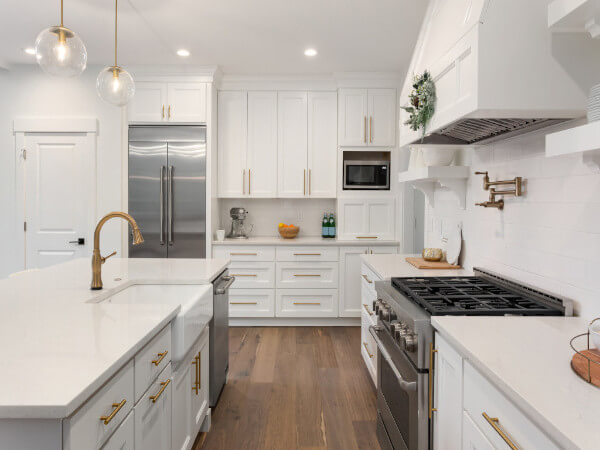
Jamie Gold, CKD, CAPS, MCCWC is an author, wellness design consultant and industry speaker. Her third book, Wellness by Design (Simon & Schuster), published September 2020. You can learn more about her Wellness Market presentations, books, Wellness Wednesdays Clubhouse conversations and consulting services at jamiegold.net.
The post Wrapping 2021 and Looking Ahead appeared first on Kitchen & Bath Design News.
Did you miss our previous article…
https://www.denniskitchens.net/?p=812
